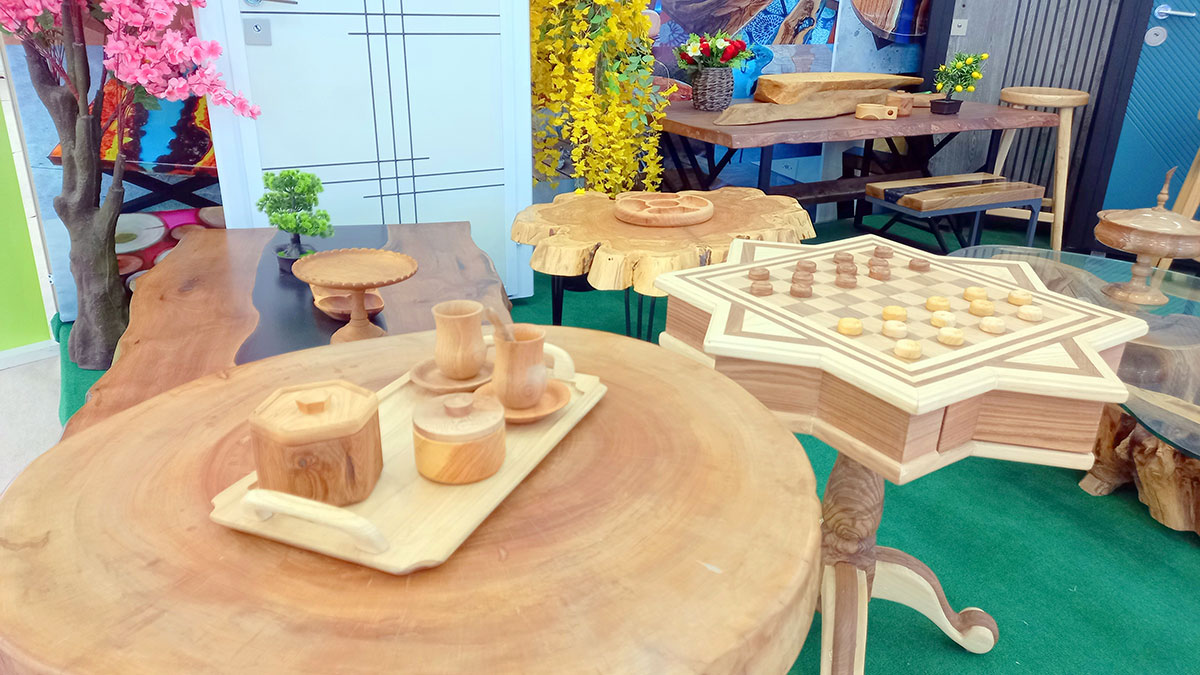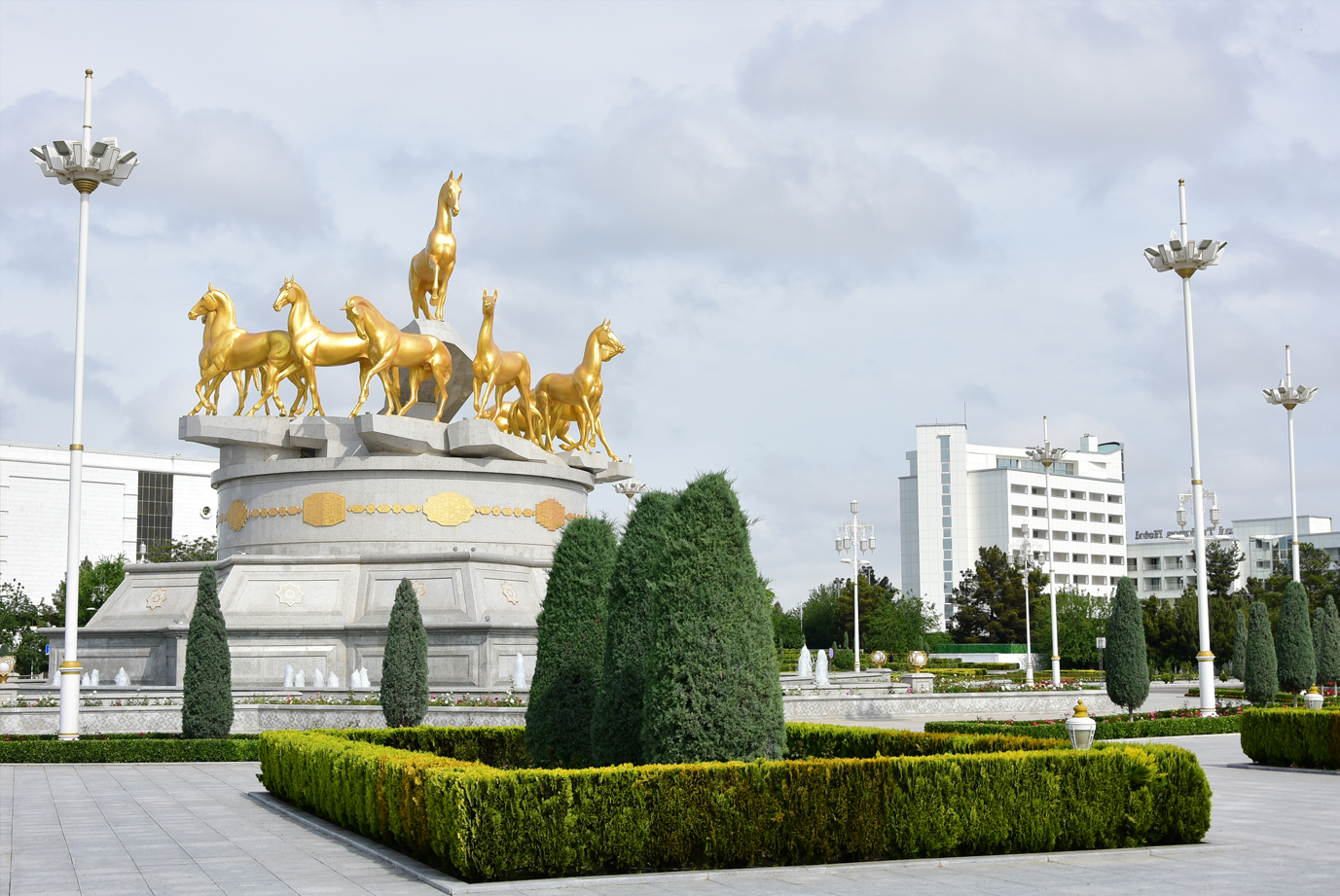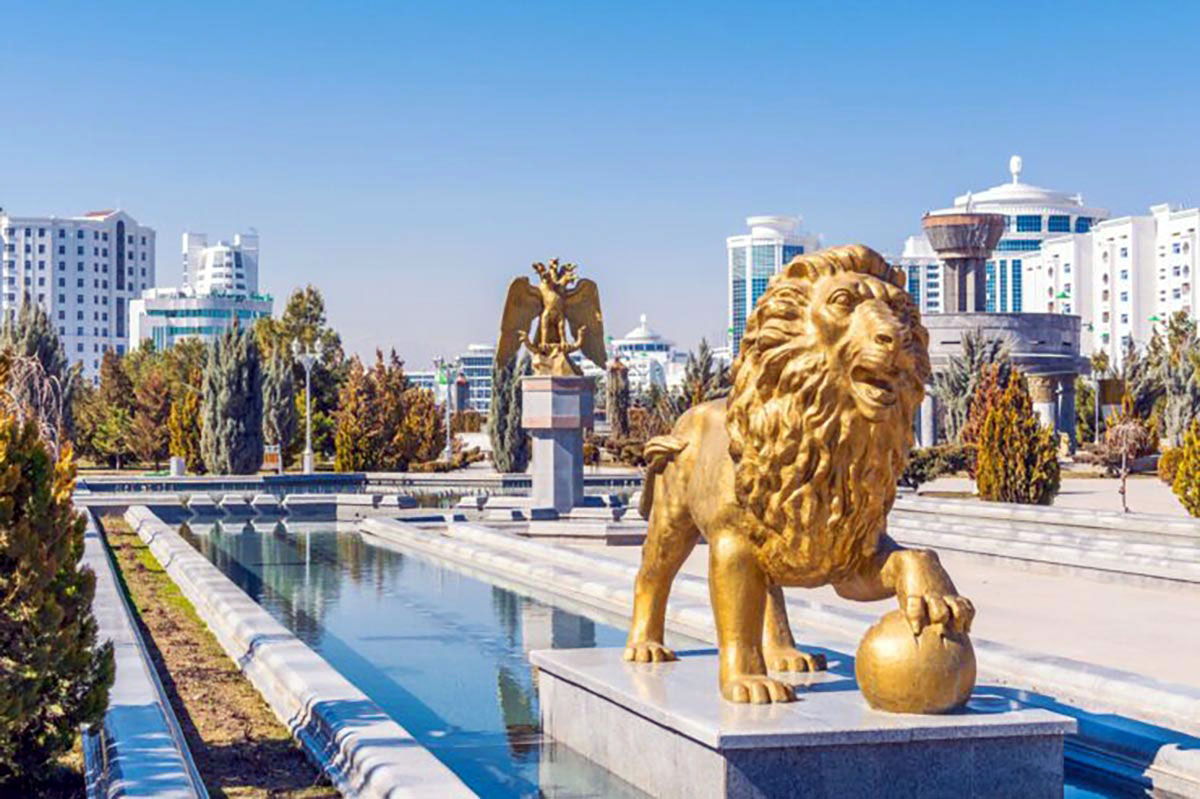This year, 2,100 tons of silkworm cocoons were produced in Turkmenistan - a valuable raw material for one of the leading branches of the domestic agricultural industry, which has a long history and traditions. Since ancient times, Turkmens were engaged in silkworm breeding and made clothes from silk, decorated them with silk embroidery. Clothes made of natural silk, which are warm in winter and cool in summer, were highly valued. Silk threads were also used in carpet weaving in the manufacture of especially delicate and elegant products. Silk imparted colorful tints to ancient carpet designs, transforming carpets into magnificent examples of high art.
The possibilities of modern production make it possible to produce fabrics of various density and texture from silk yarn - from thin chiffon and silk organza to dense taffeta and silk brocade. However, the most famous fabric among the Turkmens has been the silk homespun fabric of keteni for many centuries. Due to its strength and brightness, it has always been highly valued and in great demand. In the famous museums of Egypt, Great Britain, the USA, samples of ancient silk fabrics made in the ancient Turkmen city of Merv are kept.
A characteristic feature of keteni are golden stripes that frame the edges of the fabric and remain on the front side of the product, emphasizing its constructive lines. Natural silk fabric acquires a special color and shine in sunlight and is distinguished by color, which is determined by the quality of the dyes. In ancient times, only vegetable dyes were used to dye keteni fabrics, which were distinguished by brightness of tones, durability and environmental friendliness. The preference was given mainly to two colors: green - the color of life, and red - very popular in the Turkmen culture. Red fabric (gyrmyzy keteni) was considered the most luxurious fabric from which festive dresses and wedding clothes of the bride were sewn.
Today, brides also sew dresses from white keteni, and modern fashion designers offer a whole rainbow of colors in their keteni fashion collections. Developing ancient traditions in modern conditions, they use traditional fabric in silk collections of wedding and evening dresses, children's clothing, where ethnic motives in the new design acquire a new, but still, solemn and noble sound.
Previously, the traditional clothing of men from Keteni was limited only to robes (“don”) and shirts, and the women's silk wardrobe included numerous scarves, capes and dresses. Today the line of keteni products is much wider and more diverse. These are jackets, ties and scarves for men, as well as hand-embroidered bags of different sizes and designs, capes and shawls of different colors, wallets and cosmetic bags for women. Such keteni products are often taken with them by guests of our country, who are greatly impressed by the decorative and applied arts and traditional culture of the Turkmen people.
Every year, enterprises of the industry, in particular, the Turkmenabat Silk Production Association, which is the largest processor of silk raw materials in Turkmenistan using the most advanced technologies, are expanding their production and product range. It produces high quality silk fabrics and shawls, silk yarns and silk carpets for domestic consumption and export.
Ogulgozel Rejepova






